Transforming Your Yard into a Stunning Formal Garden Design
By Sarah Finazzo • June 12, 2023
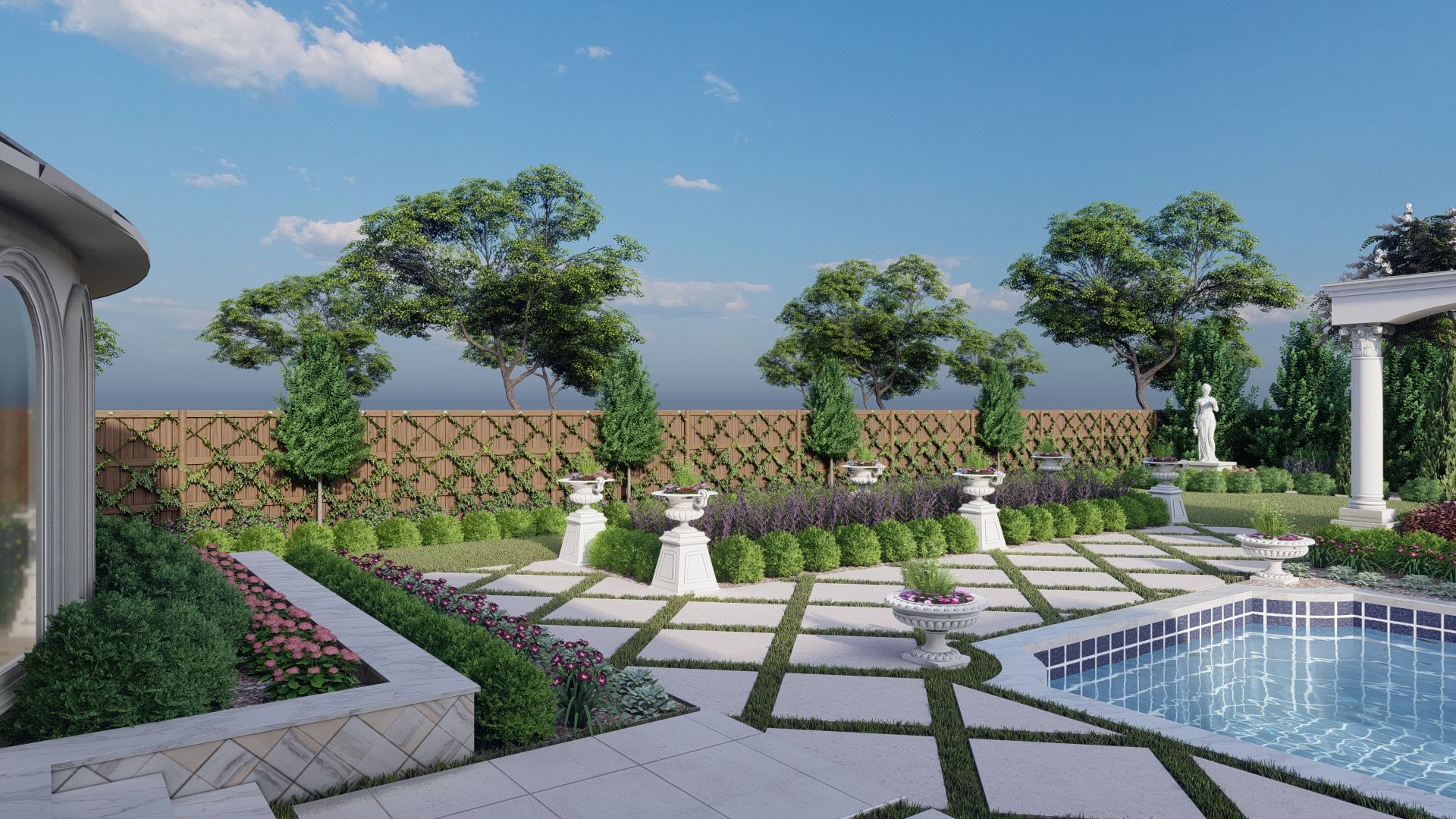
Formal gardens exude a sense of elegance and sophistication. The symmetrical layouts, clean lines, and well-maintained plantings create a calming atmosphere that is orderly and relaxing.
The meticulous design and attention to detail in a formal garden can evoke a sense of beauty and grace. Creating a formal space in your yard can feel overwhelming because of the picture perfect image we often associate with this style. However, by following a few key steps, we promise you can create a beautiful formal style garden in your yard.
Read on for some tips from our experts.
Join our Newsletter
Sign up for our email list to receive exclusive promotions and landscape design inspiration.
Symmetrical Layout with Straight Lines
Maintaining balance and symmetry is a hallmark of formal garden design. Achieving balance involves distributing visual weight evenly throughout the space, while symmetry refers to mirroring design elements on either side of a central axis.
In a formal garden, clean lines and linear beds play a vital role in maintaining the structured look. Clearly defining the edges of the beds is essential, whether by using hedges, low walls, or precision edging. This creates distinct areas within the garden and adds to the organized feeling of the space. Linear beds can be achieved by planting rows of neatly arranged plants.
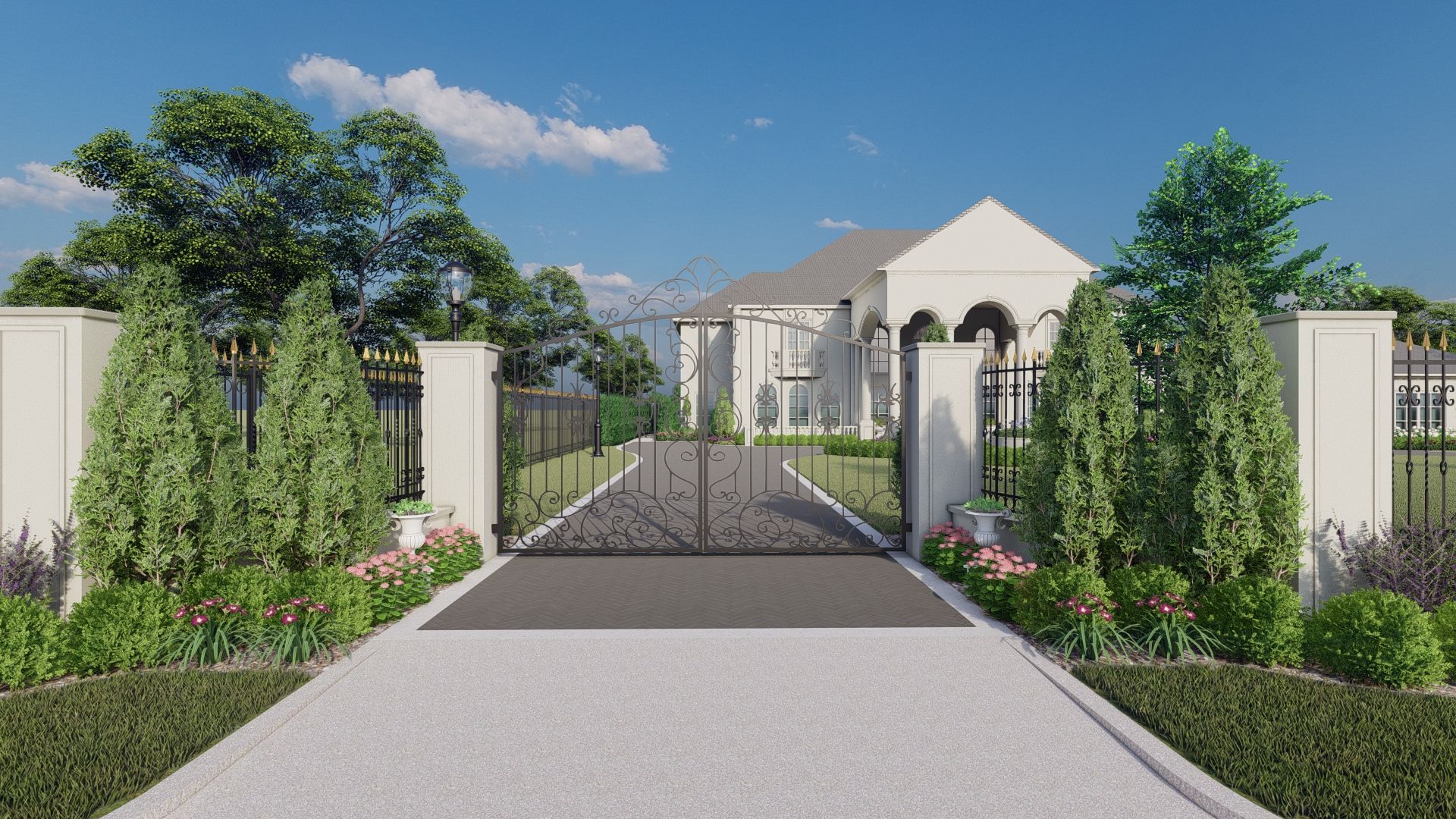
Establish an Axis Point
One of the most effective strategies is to center your design around an axis or focal point feature. This could be a stunning tiered fountain that serves as the centerpiece of your garden or a meticulously shaped and trimmed hedge that draws the eye and anchors the design. It could be a beautiful rectangular pool or a dining area tucked under a pergola. The focal point should be carefully chosen to create a strong visual impact and establish a sense of order and balance.
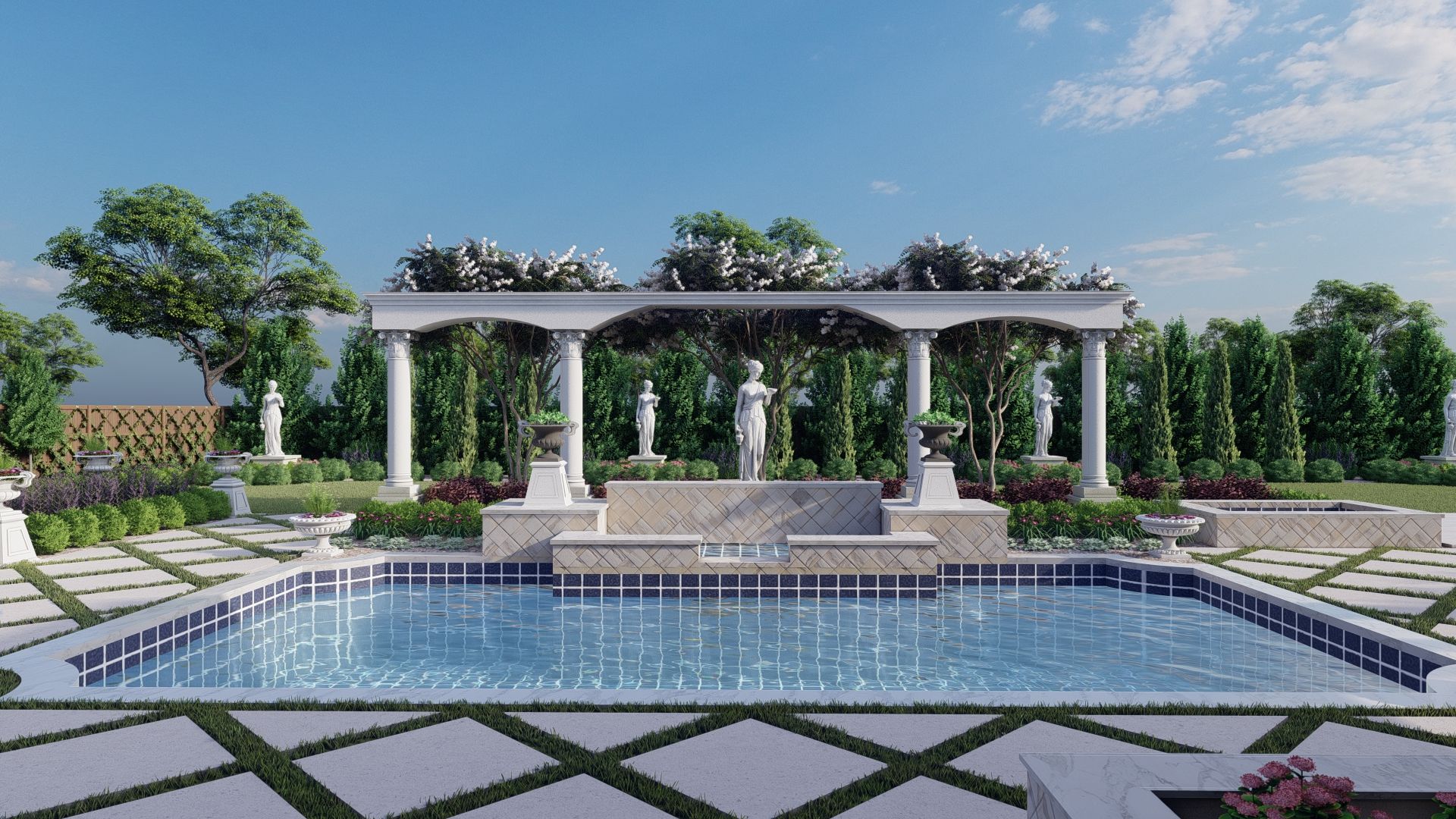
Choose a Small Plant Palette
We recommend you stick with a smaller, repetitive plant palette. This approach enhances the clean and orderly aesthetic that is characteristic of formal gardens. Select a limited number of your favorite plants and create a deliberate repeating pattern.
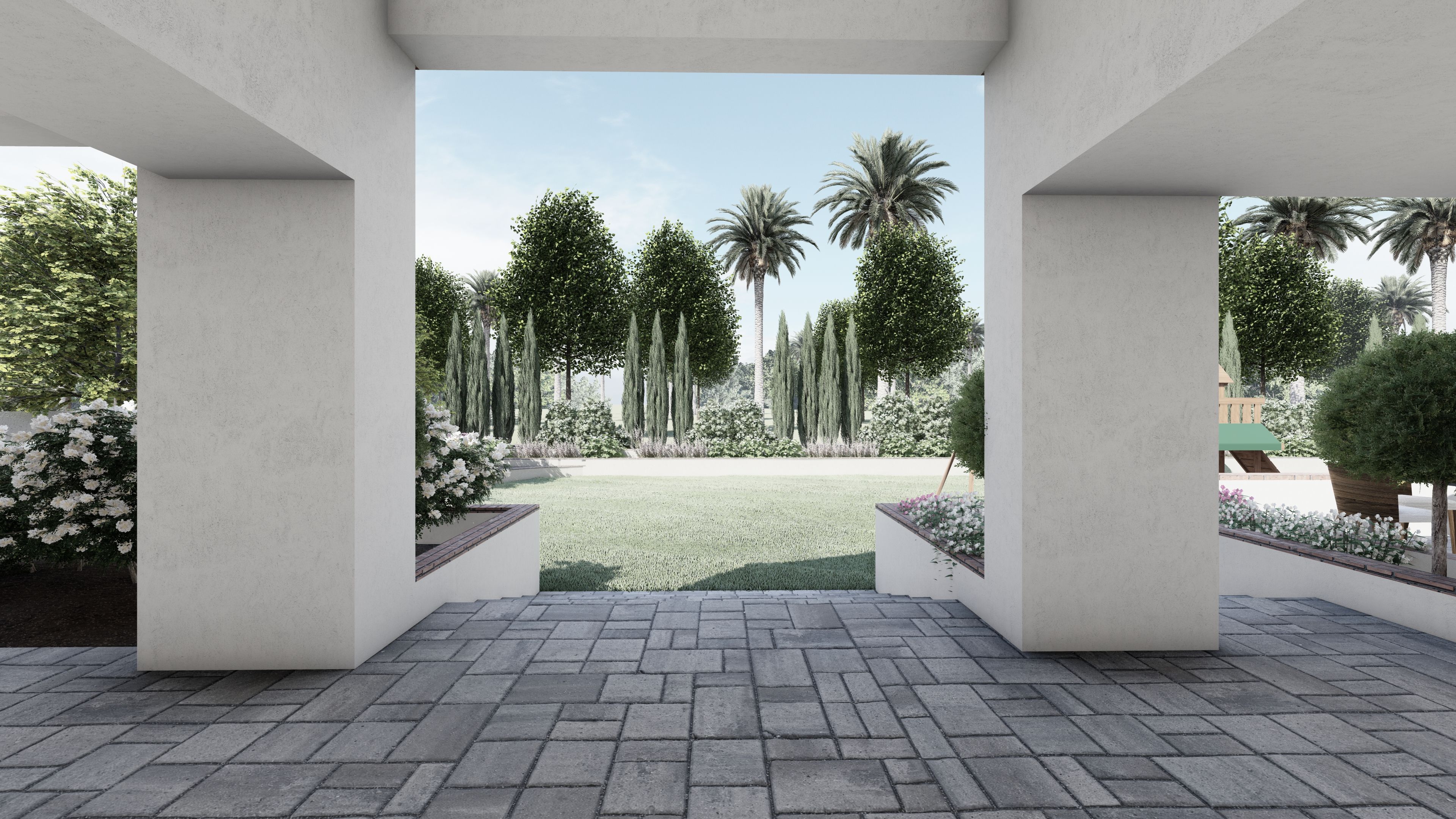
Use Structured Plants
Creating structure within a formal garden is crucial to its success. Evergreen hedges and shrubs are an excellent choice for establishing clear structure. They provide a sense of permanence and serve as living walls that maintain their shape year-round.
Overall, opt for structural plants with neat and compact growth habits that can be easily shaped and maintained. Consider using a combination of evergreen shrubs, neatly clipped hedges, and structured perennials to create a sense of cohesion and symmetry throughout the garden.
By repeating these selected plants in strategic locations and patterns, you establish a sense of rhythm and balance, reinforcing the formal design. This deliberate plant selection and repetition ensure a harmonious and unified appearance while maintaining the elegance and simplicity that define a formal style garden.
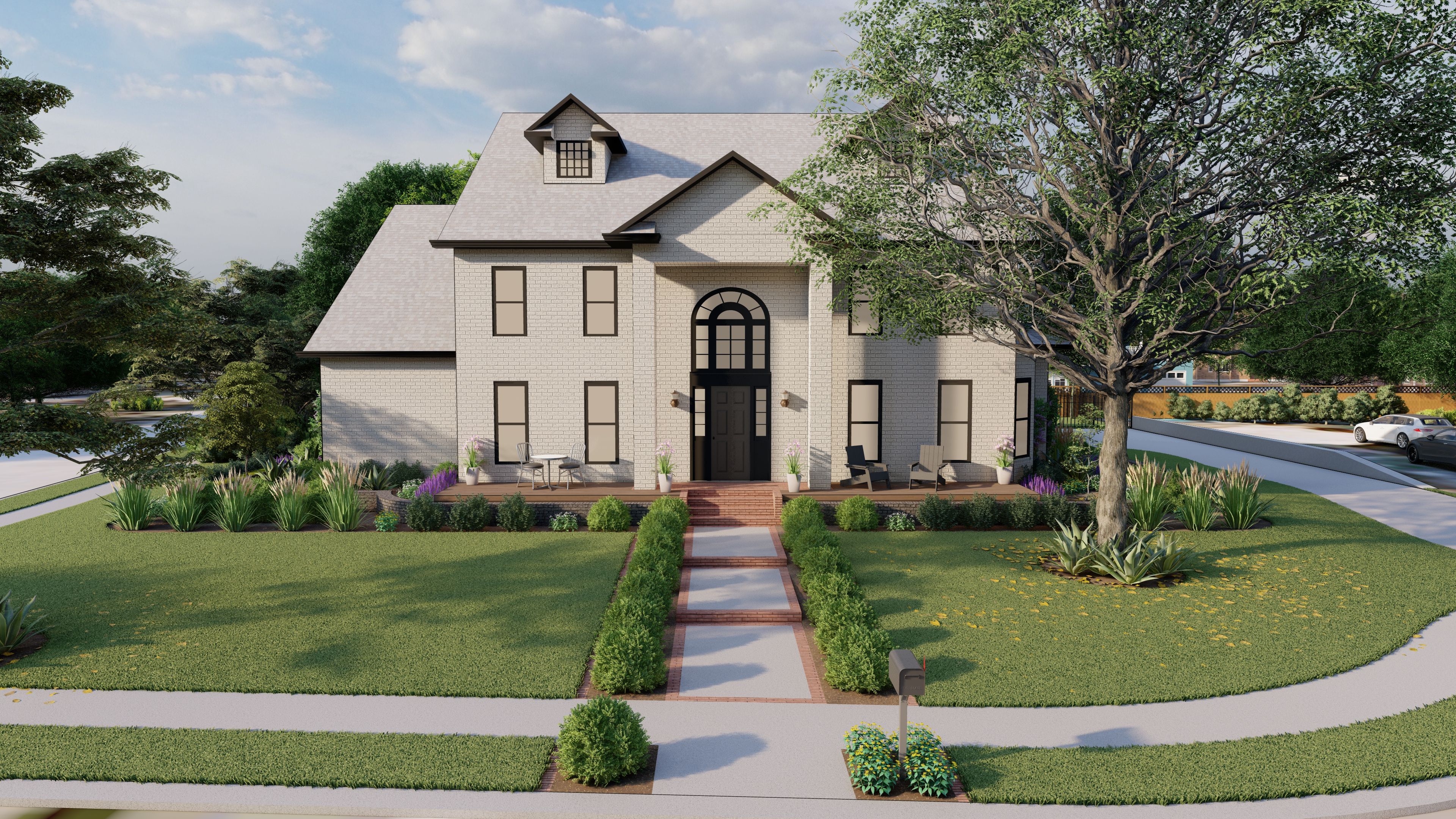
Simple Colors
A formal garden can quickly come to life if you stick with a simple color palette, primarily focusing on green and white. Green serves as the foundation, representing the lush foliage that forms the backdrop of the garden. Add white-flowering plants, such as roses or hydrangeas or roses, to introduce pops of brightness and create focal points within the garden.
Additionally, white can be used in garden structures, such as pergolas or statues, to further enhance the formal aesthetic. By predominantly utilizing green and white, you maintain a timeless and cohesive look, allowing the structural elements and meticulous design of the garden to shine.
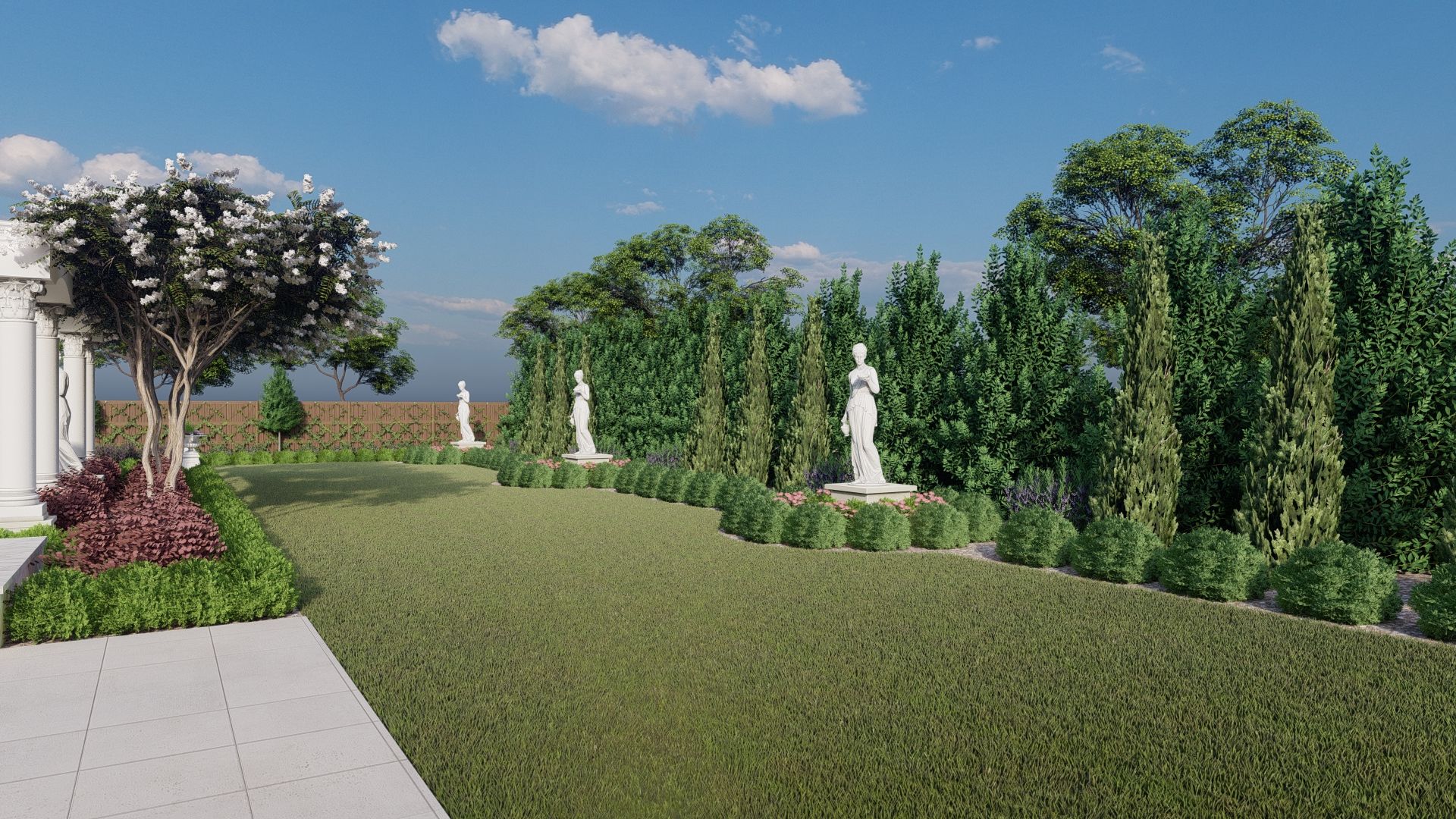
Lean into Your Hardscape
When aiming to reinforce a formal garden design, selecting appropriate hardscape materials will be helpful. One of the most suitable choices for hardscaping in a formal garden is using materials that provide a clean and structured appearance. Here are some hardscape options that work well in a formal garden design:
Brick
Brick is a classic choice for formal gardens due to its timeless appeal and ability to create crisp lines and defined edges. It can be used for pathways, borders, and even in intricate patterns such as herringbone or basketweave designs. If you have a brick house, brick in your garden can be a beautiful compliment.
Stone
Natural stone, such as limestone or granite, lends a sense of elegance and durability to a formal garden. It can be utilized for pathways, retaining walls, or as paving for outdoor seating areas. Opt for cut stones with smooth surfaces and straight edges for a more formal look.
Pavers
Concrete or clay pavers provide a versatile and practical option for hardscaping in a formal garden. Available in various shapes, sizes, and colors, pavers can be arranged in geometric patterns or simple layouts to maintain a formal landscape aesthetic.
Join our Newsletter
Sign up for our email list to receive exclusive promotions and landscape design inspiration.
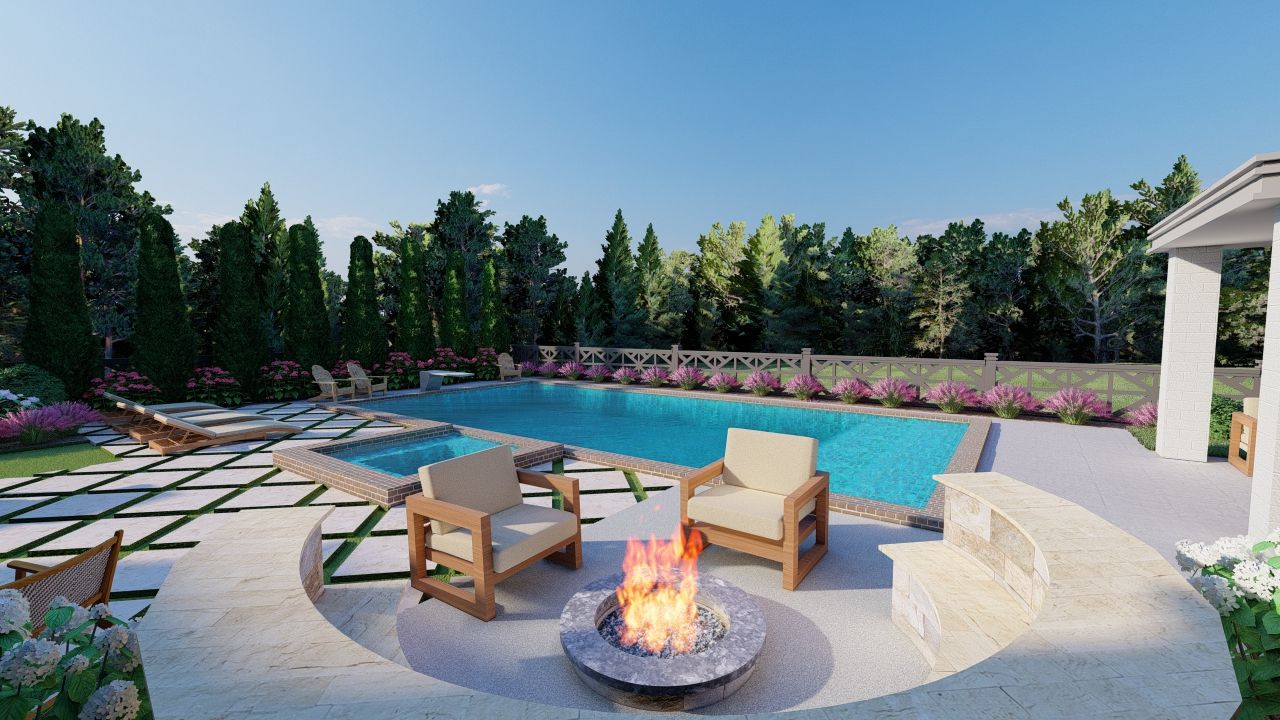
Features for Inspiration
Whether you are working on the landscape in your front yard or backyard, there are certain accents that will scream "formal garden." Check out some of the features we recommend potentially including in your yard.
Formal Fountain or Water Features
Incorporating a formal fountain or water feature adds a touch of grandeur and serves as a prominent focal point in the garden. Choose designs that align with the formal style, such as tiered fountains or geometric-shaped pools.
Retaining Walls
If your formal garden includes different levels or terraces, consider using retaining walls to create defined boundaries and add structural interest. Opt for materials like brick or stone to maintain the formal look.
Formal Garden Structures
Including structures like pergolas, arbors, or trellises on your lawn or property can enhance the formal ambiance. Select designs with clean lines and geometric shapes, and consider painting them in a neutral color, such as white, to maintain the simplicity and elegance of the garden. Add a flowering vine over the top for an elegant look.
Topiary
A topiary is a hallmark of formal garden style due to its meticulously trimmed and shaped foliage, which epitomizes the precise and controlled aesthetic that characterizes formal gardens. Frame an entry way, patio or stairs with these for a beautiful first impression. Remember that live topiaries can require some maintenance.








By following these guidelines, you can create a formal garden design that exudes order, symmetry, and timeless beauty. Remember to consider the size and scale of your space, and feel free to incorporate your own personal touches and preferences within the framework of formal garden principles.
Read more about: Landscape Design Tips, Gardening Tips